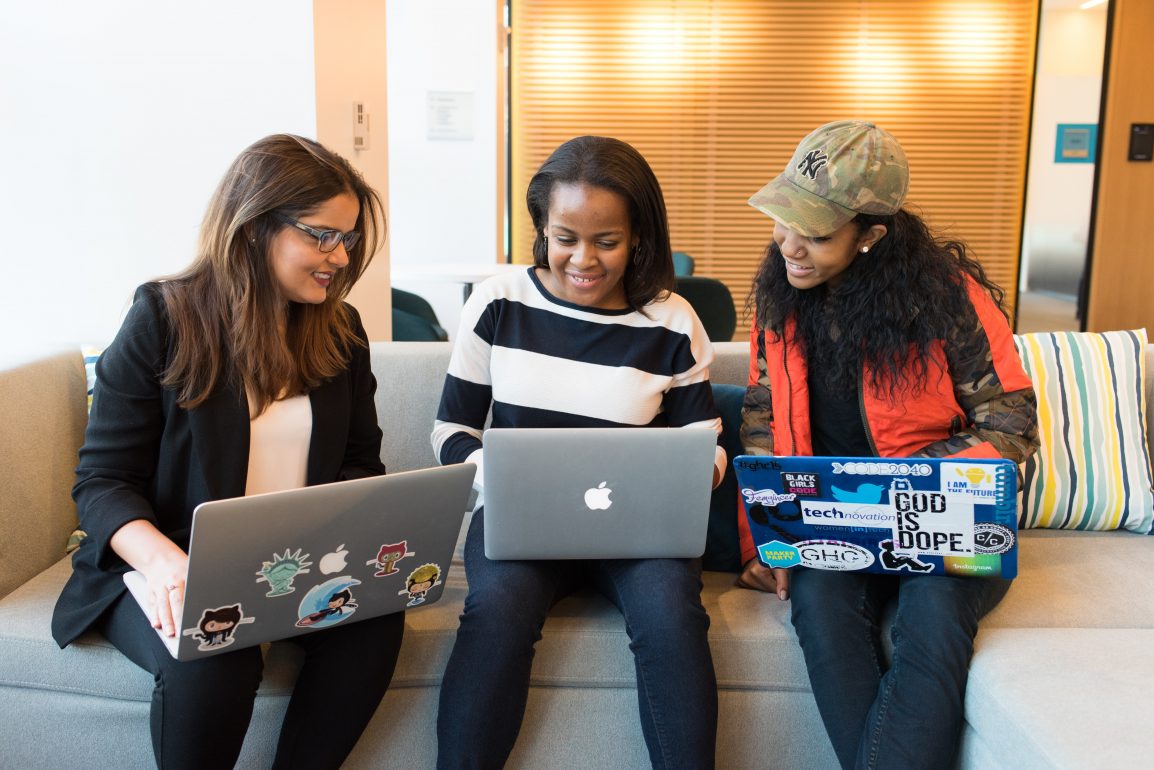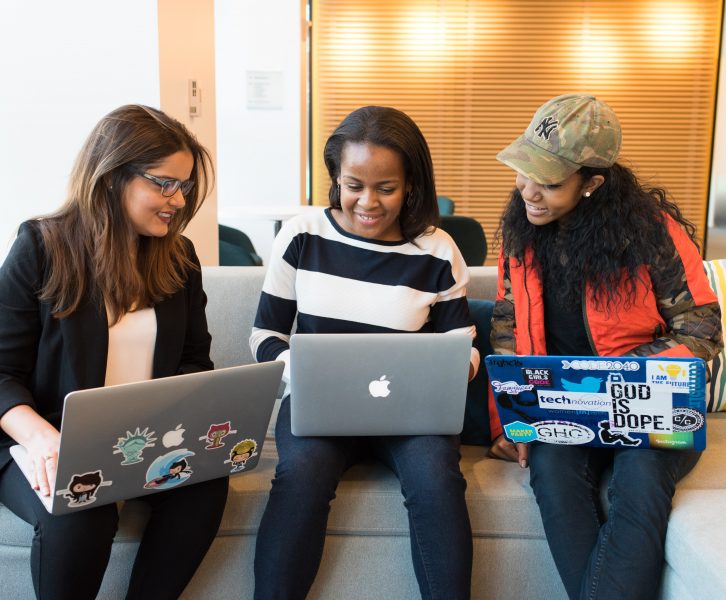Technology plays a central role in children’s lives today, shaping how they learn, socialise, and express themselves. While digital tools offer enormous benefits, from creative learning to global connection, the challenge for parents lies in setting boundaries that protect children’s wellbeing while allowing them to thrive in a connected world. Encouraging healthy tech habits is less about restriction and more about teaching balance, responsibility, and awareness.
What are Children’s Digital Needs?
Not all screen time is created equal. Educational apps, online learning platforms, and digital storytelling can support growth and creativity, while excessive passive use may hinder focus and emotional regulation.
Research shows that mindful use of technology can improve critical thinking and social learning. Parents can gain valuable insights from evidence-based resources that discuss the importance of monitoring screen time for kids. This resource explores what current studies reveal about the effects of screen exposure. Understanding these nuances helps families develop realistic and supportive guidelines rather than relying on one-size-fits-all rules.
Setting Boundaries That Empower, Not Restrict
Healthy technology habits start with clear and consistent boundaries. Children adapt well to structure, especially when it’s explained with empathy. Instead of using technology as a reward or punishment, parents can encourage routines that prioritise offline activities such as reading, outdoor play, and family time.
Simple steps include:
- Establishing “tech-free” zones, like the dinner table or bedrooms.
- Setting time limits that vary depending on the child’s age and daily schedule.
- Encouraging device-free hours before bedtime to improve sleep quality.
Consistency creates predictability, which helps children feel secure while still giving them room to make responsible choices.
Modelling Positive Behaviour
Children often mimic the habits they see at home. Parents who demonstrate healthy tech use, such as putting phones aside during conversations or balancing screen time with hobbies, send a stronger message than rules alone ever could.
It’s also important for parents to engage with technology alongside their children. Co-watching videos, exploring educational games together, or discussing online experiences builds trust and provides natural opportunities to talk about digital safety and balance.
Promoting Active, Not Passive, Engagement
Encouraging active rather than passive screen use helps children develop creativity and critical thinking. Activities that involve creation, like coding, drawing, storytelling, or problem-solving, allow technology to serve as a tool for expression rather than distraction.
Parents can guide their children toward platforms and apps that inspire imagination, promote collaboration, or support learning. Asking open-ended questions like “What did you learn?” or “How would you improve that game or app?” nurtures reflection and digital awareness.
Balancing Online and Offline Worlds
True balance comes from integrating digital and physical experiences. Encourage children to alternate between technology-based activities and real-world play. Outdoor adventures, arts and crafts, and time spent with friends strengthen social and emotional skills that screens alone cannot provide.
Family rituals such as board games, shared meals, or evening walks help maintain connection and counteract the isolation that can sometimes come from too much screen time.
Keeping Communication Open
Technology changes rapidly, and children’s online interests evolve just as quickly. Open, ongoing communication helps parents stay informed and approachable. Regular discussions about what children are watching, playing, or posting online build understanding and prevent secrecy.
Encouraging kids to talk about their digital experiences, both positive and negative, ensures that they feel supported rather than monitored. This trust allows parents to guide with influence rather than control.
The Goal: Balance, Awareness, and Connection
Healthy tech habits are not about rigid limits but about mindful engagement. By combining structure with empathy, parents can help their children use technology as a tool for creativity, learning, and connection rather than dependency.
When families focus on awareness and communication, technology becomes an ally in growth rather than a source of conflict. Through guidance, shared experiences, and reliable information, parents can raise digitally confident children who know how to balance their online and offline worlds, one mindful moment at a time.







